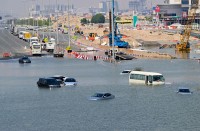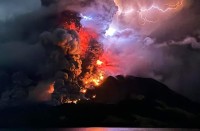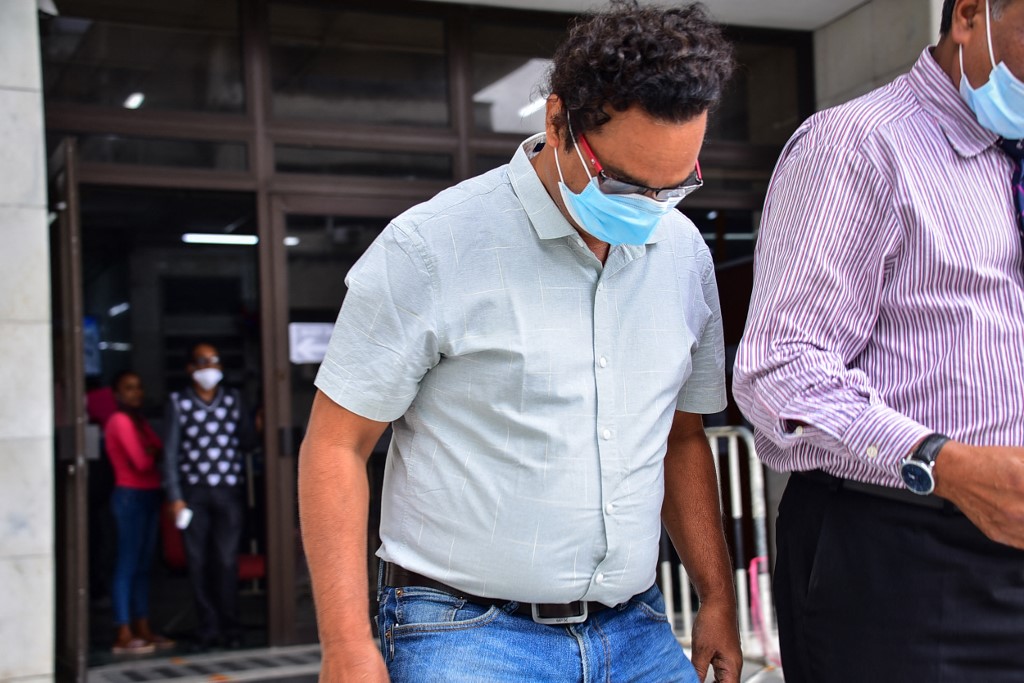
PORT LOUIS, Mauritius (AFP) – The captain and first mate of a bulk carrier that crashed into a coral reef off Mauritius, causing the Indian Ocean archipelago’s worst-ever environmental disaster, have been convicted of endangering safe navigation.
The MV Wakashio, a Japanese-owned but Panamanian-flagged vessel, ran aground in July 2020, spilling more than 1,000 tonnes of toxic fuel into the pristine waters of Mauritius, coating mangroves, corals and other fragile ecosystems.
The vessel’s Indian captain, Sunil Kumar Nandeshwar, who was convicted by a court in the capital Port Louis on Tuesday, admitted drinking during an onboard party.
He and first officer, Sri Lankan national Hitihanillage Subhoda Janendra Tilakaratna, were found guilty of “endangering safe navigation” and are due to be sentenced on December 27.
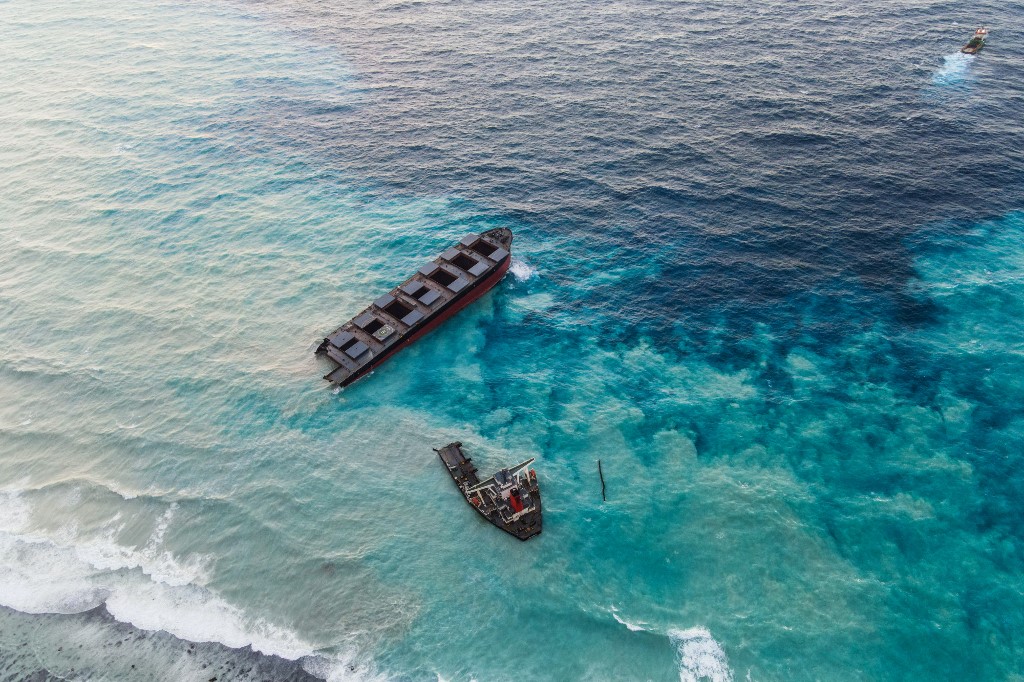
The MV Wakashio was sailing from Singapore to Brazil with 3,800 tonnes of fuel oil and 200 tonnes of diesel onboard when it ran into the reef off the southeast coast of Mauritius, a paradise island nation that heavily relies on tourism for its revenue.
“A birthday party had been held on board and I had consumed alcohol in moderation,” the 58-year-old captain said.
He added that he had given instructions to approach Mauritian waters to get a network so crew members could phone their families as they had not been in contact because of the Covid-19 pandemic.
“The sea was bad, but the visibility was clear and it was safe to navigate… At one point, the ship could not move and had touched the sea floor,” Nandeshwar said.
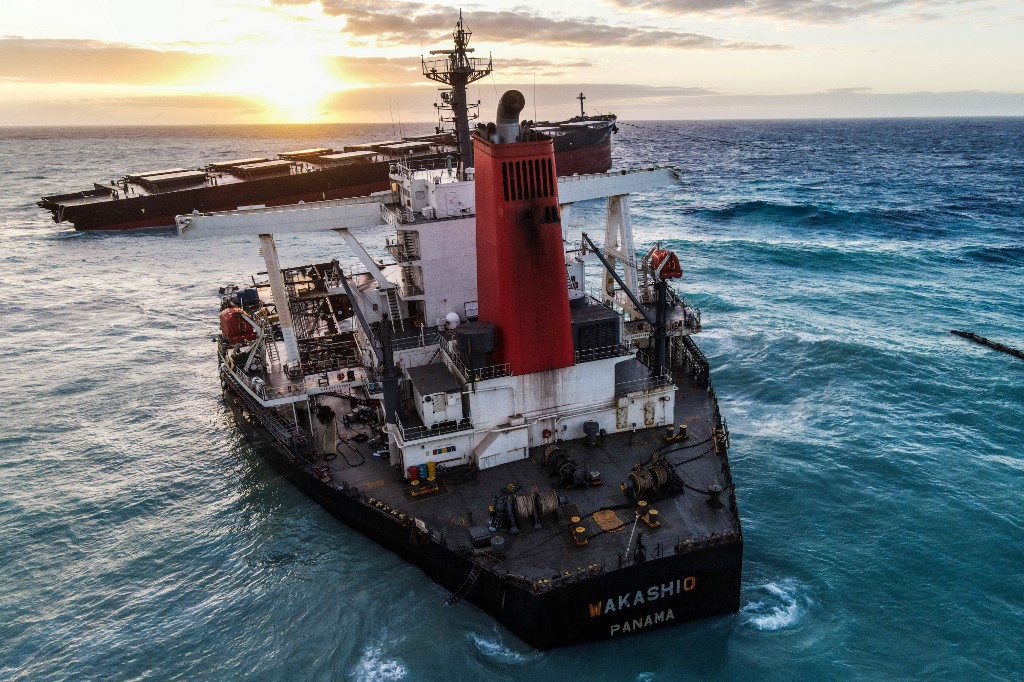
“Since I had had a few drinks, it did not seem worthwhile to intervene and it did not occur to me that we were sailing that close.”
Both men have apologised over the incident.
More than 1,000 tonnes of oil seeped into waters full of marine life from a gash in the vessel’s hull before salvage crews were able to remove all the remaining fuel.
The accident occurred near two ecologically critical sites: Blue Bay, known for its coral gardens, and Pointe D’Esny, which hosts a fragile mangrove forest critical in the fight against global warming.
In the days after the accident, thousands of volunteers marshalled along the coast wearing rubber boots and gloves, scrubbing the shoreline clean and stringing together makeshift cordons to contain the oily tide.
Thousands of people also took to the streets of Mauritius in the months that followed to protest at the government’s reaction to the disaster.
© Agence France-Presse

